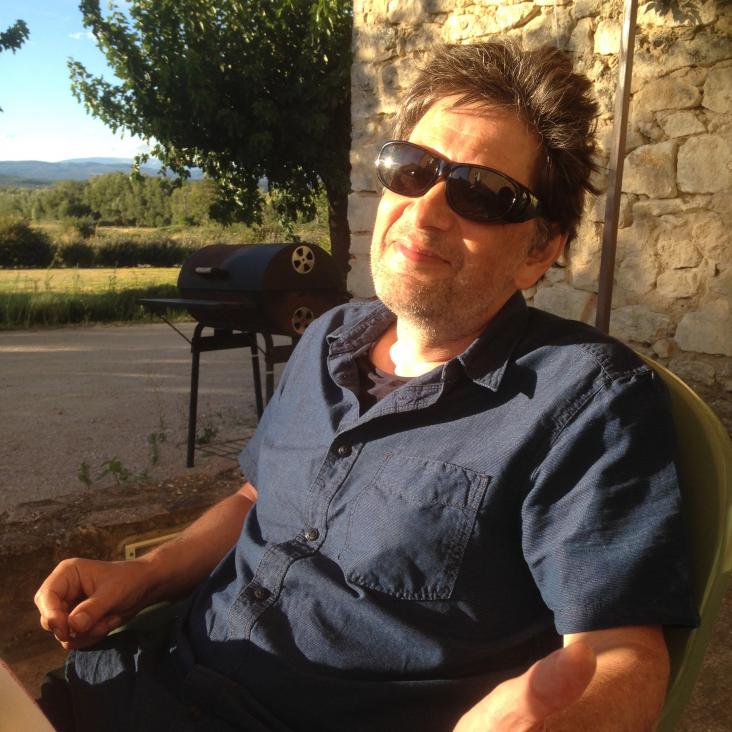Symmetries of Calabi-Yau prepotentials with isomorphic flops
Numerical metrics for complete intersection and Kreuzer–Skarke Calabi–Yau manifolds
Abstract:
We introduce neural networks (NNs) to compute numerical Ricci-flat Calabi–Yau (CY) metrics for complete intersection and Kreuzer–Skarke (KS) CY manifolds at any point in Kähler and complex structure moduli space, and introduce the package cymetric which provides computation realizations of these techniques. In particular, we develop and computationally realize methods for point-sampling on these manifolds. The training for the NNs is carried out subject to a custom loss function. The Kähler class is fixed by adding to the loss a component which enforces the slopes of certain line bundles to match with topological computations. Our methods are applied to various manifolds, including the quintic manifold, the bi-cubic manifold and a KS manifold with Picard number two. We show that volumes and line bundle slopes can be reliably computed from the resulting Ricci-flat metrics. We also apply our results to compute an approximate Hermitian–Yang–Mills connection on a specific line bundle on the bi-cubic.


